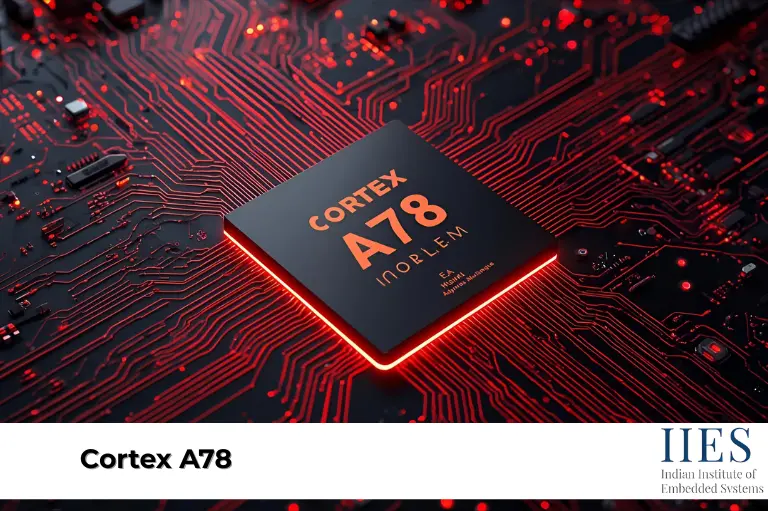
ARM’s Cortex series has shaped the way smartphones, IoT devices, and embedded systems work. With the Cortex A78, ARM builds on past designs like the A76 and A77 while improving performance, efficiency, AI support, and security. Let’s explore eight key differences that matter most.
The Cortex A78 brings faster AI, smarter machine learning, and better energy use than older designs, making it ideal for mobile, IoT, and embedded applications.
The Cortex A78 is more than just an upgrade—it reflects ARM’s vision for future mobile and embedded computing. With smartphones now doubling as AI machines, gaming consoles, and productivity hubs, processors must balance speed, efficiency, and security. Comparisons like cortex a78c show that this processor is versatile and modern.
With a 20% speed gain over the Cortex A77, apps run smoother and multitasking feels effortless. Heavy tasks like gaming and editing stay fast.
Clear improvements are seen when comparing Cortex A78 vs Cortex A76 in benchmarks.
The A78 uses 50% less power at the same performance compared to the A77. This makes it perfect for devices where battery life matters most.
Efficiency comparisons such as cortex a78 vs snapdragon 888 demonstrate A78’s edge in battery and performance balance.
Built on a 5nm process, the A78 packs more power into a smaller chip. This design improves efficiency while keeping devices slim and lightweight.
When compared with cortex a78 vs a720, the A78 shows superior efficiency and compact design.
Better thermal handling lets the A78 run cooler for longer sessions. It reduces throttling, so users enjoy stable performance without overheating.
Compared to the A76 and A77, which could drop speeds under long stress, the A78 is more reliable for extended high-performance use.
The A78 doubles AI performance compared to older cores. It handles modern workloads like image recognition and voice processing with ease.
The A78 even compares well against older designs like cortex a57 vs A78, highlighting improvements in AI performance and efficiency.
Upgraded cache and faster memory access give the A78 smoother data handling. This helps in running demanding apps with less lag.
Memory handling competes with cores such as kryo 660 gold vs cortex a78, showing real gains in app responsiveness.
Manufacturers can scale the A78 for both high-end and mid-range devices.
Manufacturers can tune the A78 for both high-end and mid-range devices. This flexibility makes it a fit for smartphones, IoT, and embedded systems.
Compared to cortex x1 vs a78, the A78 offers a better balance of efficiency and performance across device types.
With PAC and BTI, the A78 resists modern cyberattacks more effectively. It keeps sensitive tasks like payments and IoT communication safer.
Older generations lacked these stronger protections, making the A78 the most secure Cortex yet.

The Cortex A78 marks a significant step forward from the A76 and A77. With its speed, efficiency, AI capabilities, and security features, it sets a new benchmark for mobile, IoT, and embedded systems. Designed for today’s needs and tomorrow’s innovations, the A78 is the future-ready processor for high-performance devices.
The Cortex A78 is a high-performance processor core designed by ARM, aimed at smartphones, IoT, and embedded systems.
It offers a 20% performance boost, 50% better power efficiency, advanced AI support, and improved thermal management compared to the Cortex A77.
The Cortex A78 doubles AI performance over the A76, handling tasks like image recognition, voice processing, and edge machine learning efficiently.
Yes, it handles multitasking, 3D gaming, AR, and intensive applications smoothly due to its improved architecture and memory system.
It is built on a refined 5nm process, offering higher transistor density, smaller chip size, and better energy efficiency.
Absolutely. The Cortex A78 remains relevant due to its combination of performance, efficiency, AI support, and security, making it suitable for modern mobile and embedded devices.
Indian Institute of Embedded Systems – IIES